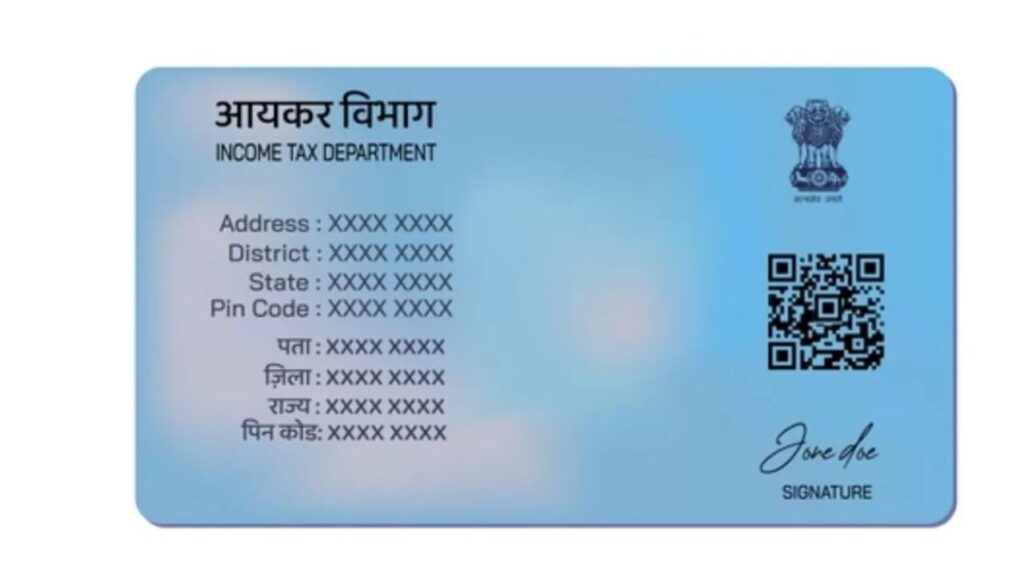Transforming Taxpayer Services: All About PAN 2.0
3 min read
The Indian government’s recent approval of the PAN 2.0 project marks a pivotal moment in its mission to digitize governance. With an allocation of ₹1,435 crore, this initiative modernizes the existing PAN (Permanent Account Number) ecosystem, promising a streamlined, paperless, and secure digital infrastructure for taxpayer services. Spearheaded by the Cabinet Committee on Economic Affairs (CCEA) and Prime Minister Narendra Modi, PAN 2.0 aligns with the Digital India vision to create an efficient and citizen-centric digital framework.
What is PAN 2.0?
PAN 2.0 is an ambitious upgrade to the current PAN/TAN (Tax Deduction and Collection Account Number) system, enabling seamless taxpayer registration and validation services. The project introduces a fully paperless, online mechanism aimed at reducing bureaucracy and enhancing accessibility for individuals and businesses. PAN, already a crucial identifier for financial and tax transactions, will now serve as a common identifier across specified government agencies, further integrating India’s digital systems.
Objectives of PAN 2.0
The PAN 2.0 project is designed to address several goals, including:
- Digital Transition: Replacing the physical and often cumbersome processes with online platforms.
- Service Efficiency: Providing faster, high-quality taxpayer registration services.
- Eco-Friendliness: Eliminating paper usage to promote environmental sustainability.
- Infrastructure Security: Strengthening the system’s ability to handle increasing data volumes with reliability.
This re-engineered platform incorporates features that will reduce delays, improve data consistency, and streamline service delivery.
Key Features of PAN 2.0
- Paperless Workflow: PAN 2.0 prioritizes a fully digital interface, eliminating the need for physical forms and manual documentation. This change drastically reduces the turnaround time for PAN card issuance and updates, enabling real-time validation.
- Unified Portal: A centralized portal will consolidate PAN/TAN-related activities, including issuance, validation, and grievance redressal. This portal aims to provide a single-window solution for all PAN-related queries.
- Grievance Redressal Mechanism: The new system introduces a robust grievance management framework to address taxpayer issues effectively. By digitizing complaint handling, PAN 2.0 ensures transparency and accountability.
- Enhanced Security: Upgraded infrastructure will improve the system’s agility, safeguarding sensitive data. This is particularly critical in today’s digital era, where cybersecurity threats are prevalent.
- Cost Optimization: By moving online, PAN 2.0 significantly reduces administrative expenses associated with physical paperwork and processing. This not only saves money but also improves operational efficiency.
- Common Identifier: A revolutionary aspect of PAN 2.0 is its integration into multiple government databases. PAN will serve as a universal identifier for various digital systems, enhancing inter-agency coordination.
Benefits for Taxpayers
The PAN 2.0 project introduces several taxpayer-friendly reforms:
- Ease of Access: Citizens can apply for and receive PAN cards seamlessly through an intuitive online platform.
- Speedy Services: Faster processing times ensure quicker issuance and updates.
- Digital Consistency: A “single source of truth” will resolve discrepancies and maintain uniformity across databases.
- Environmental Impact: By reducing dependency on paper, PAN 2.0 supports sustainable practices, contributing to India’s green initiatives.
Role in Digital India
PAN 2.0 is more than just a tax-related upgrade—it represents a step forward in the Indian government’s Digital India campaign. By integrating PAN into digital ecosystems, the initiative promotes transparency, reduces red tape, and fosters trust in governance. The government’s emphasis on digitization ensures that citizens, especially the middle class and small businesses, benefit from an accessible and responsive system.
Challenges Addressed by PAN 2.0
- Eliminating Bureaucratic Hurdles: Traditional PAN systems required extensive paperwork and follow-ups. PAN 2.0 simplifies this process through automated digital solutions.
- Reducing Fraud: Enhanced validation and security measures reduce the risk of identity fraud, a growing concern in financial systems.
- Improving Data Synchronization: The use of PAN as a common identifier ensures accurate and updated information across government departments, eliminating redundant data entry.
Implications for Businesses
Small businesses, in particular, stand to gain significantly from PAN 2.0. The digitized processes will enable quicker compliance, reduce costs, and facilitate easier interactions with tax authorities. The project also explores the feasibility of making PAN a common business identifier, further simplifying corporate transactions.
Future Prospects
As India moves towards a digitally empowered economy, PAN 2.0 could serve as a blueprint for other e-governance initiatives. Its success would likely encourage the adoption of similar projects aimed at improving public services through technology.





